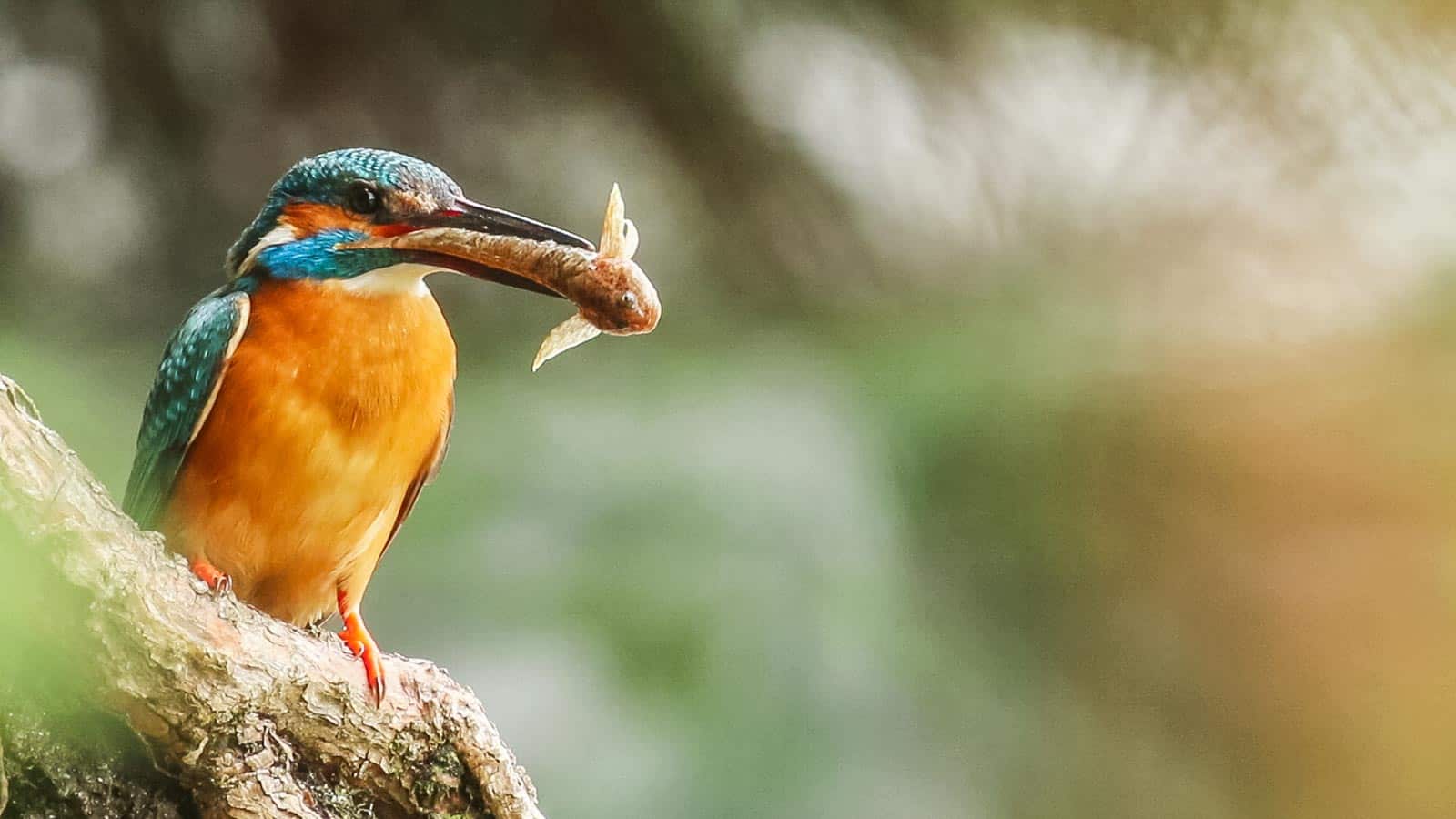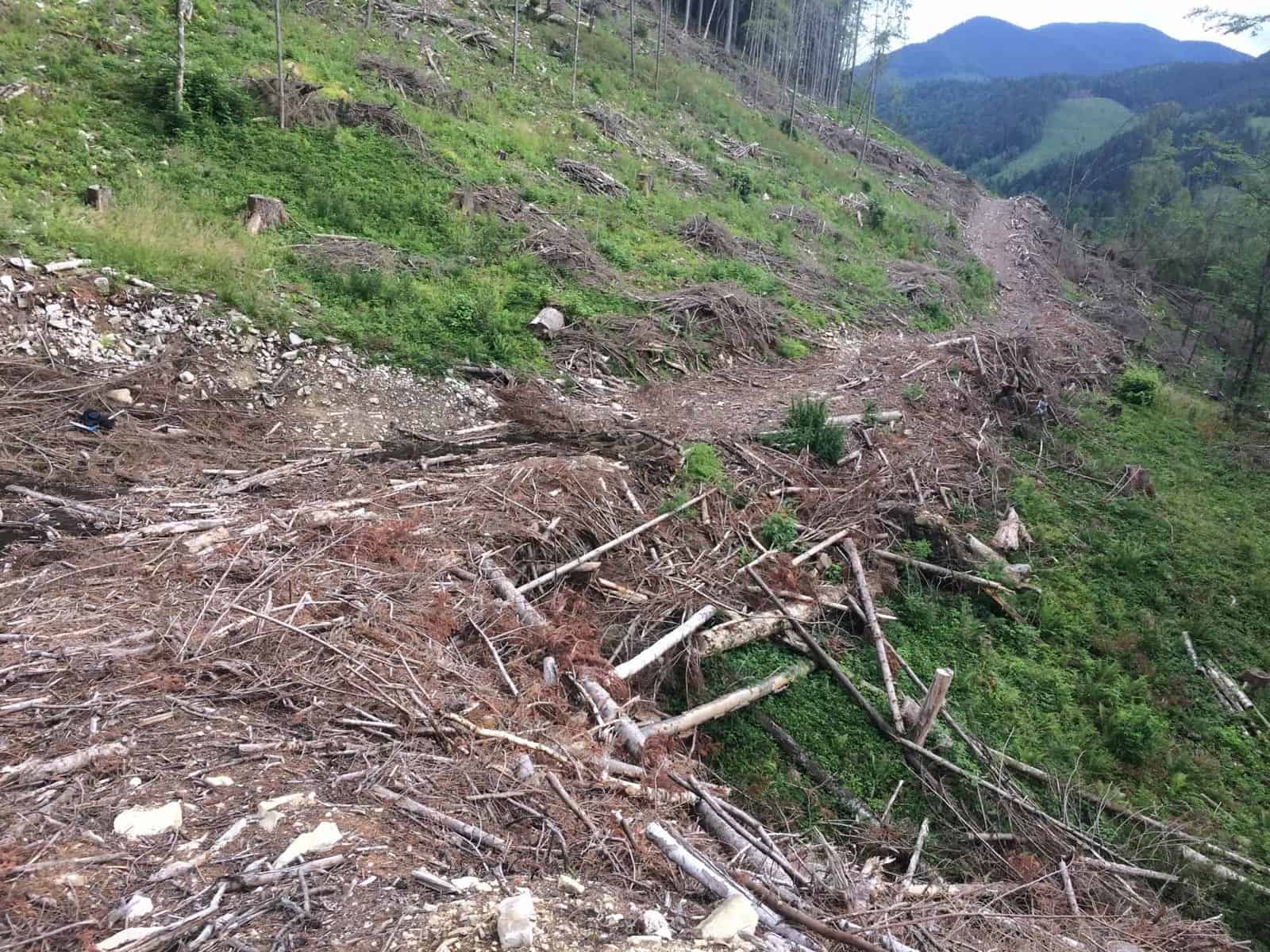Wilderness is biodiversity
Some conservationists think that Wilderness and non-intervention management are threatening biodiversity.
I experienced such situations. I have always long discussions with my partners on this subject. Many of them like and highly respect traditional man-made activities. Decades, sometimes centuries, of traditional land management includes grazing by domestic animals or traditional meadows cutting of grass. All these activities were connected to produce food for people and also to maintain man-made biodiversity. – Vlado Vancura, European Wilderness Society.
Please also read: Working together to protect Biodiversity in Central Europe
The people usually express this concern with a strong link to the man-made landscape. They remember how their grandparents managed meadows and field. Such activities were inevitably connected to produce food. As a result, this way of life and management approach created a food and species-rich landscape serving human needs. But those needs are not always nature’s needs.
Lifestyle is changing
The lifestyle has changed dramatically in the last decades. More and more young people moved to the cities and less and less human labour was available to maintain the traditional way of life. Without additional efforts provided to the landscape through active man-made work, the landscape started to change. As a result, natural succession took over in many cases.
This is a well-known challenge that Europe has been exposed to already for decades. During these times, people have developed many effective tools either to reduce or at least slow down natural succession. A variety of programs and fundings that come from local, central or even European Union level provided effective tools. These tools slow down the rate at which people abandon their lands and simultaneously maintain man-made biodiversity. Despite of all of these tools, succession is still taking over abandoned landscapes. What we have known and loved for decades is now changing very fast.

Wilderness is a concept respecting freedom of nature
Wilderness is a result of spontaneous recovery in the process of natural succession. It is therefore a concept supporting sell-willed land. Nature does what it wants to do. It exhibits open-ended undefined natural dynamic process which are the basis for evolution.
Official statistics state that around 1-2% of the European landscape has the potential to become Wilderness. People will decide if this is too much or not. In addition, we should be aware that the goal of natural succession is not to damage nor destroy the concept of European biodiversity conservation. Yet, natural succession is an additional tool to actually protect the European natural biodiversity.
Before making our individual conclusions, we should be aware that:
- Wilderness is the most natural way to protect biodiversity
- certain biodiversity depends on non-intervention management, a key factor for Wilderness
- Wilderness is the most sustainable way to maintain an important part of the European landscape
- we can find European Wilderness currently only in a minor part of Europe (e.g. European Wilderness Network)
- and it is also a relatively cheap way to protect European biodiversity
What is important to mention, is that the European Wilderness Network has no intention to actively replace traditional biodiversity conservation activities (including cutting of grass in meadows and grazing by sheep) by purely non-intervention management. It is another form side by side to protect small pieces of natural process without human extraction nor interference.











Have you pubblished this? will be nice to have an article with a bibliographyc review of this aspect and propositions. Keep in touch